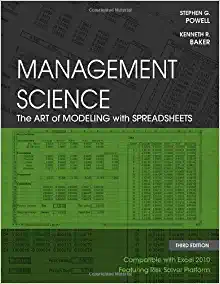Answered step by step
Verified Expert Solution
Question
1 Approved Answer
You have just purchased a house for $500,000 that is located very close to the university you attend. You plan to put $100,000 down and


Step by Step Solution
There are 3 Steps involved in it
Step: 1

Get Instant Access to Expert-Tailored Solutions
See step-by-step solutions with expert insights and AI powered tools for academic success
Step: 2

Step: 3

Ace Your Homework with AI
Get the answers you need in no time with our AI-driven, step-by-step assistance
Get Started


